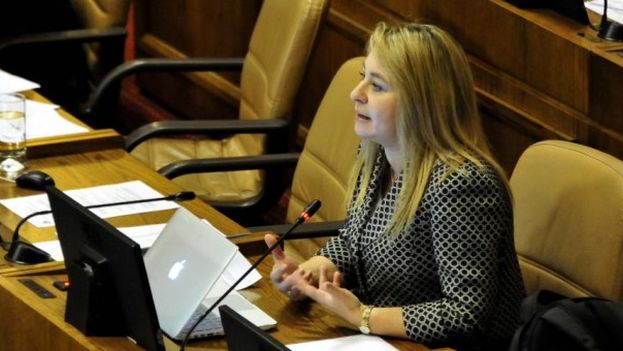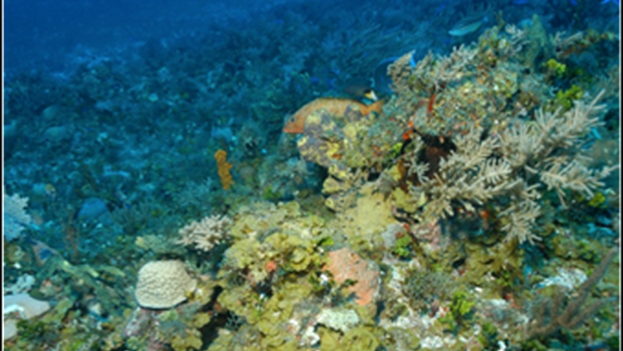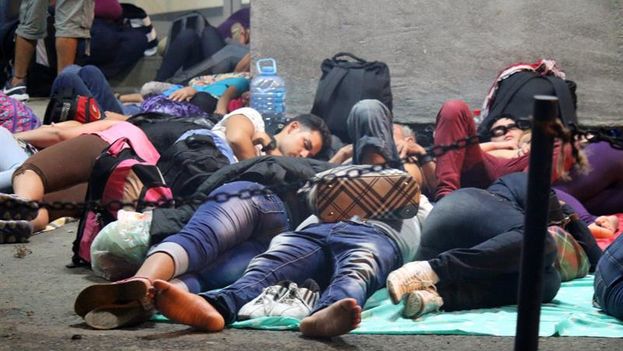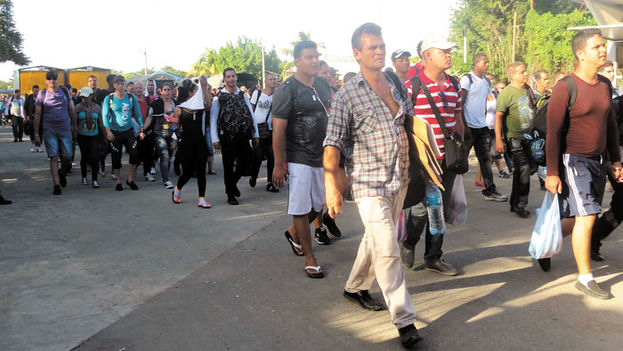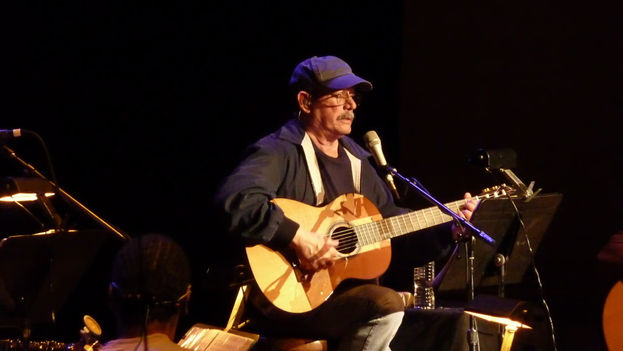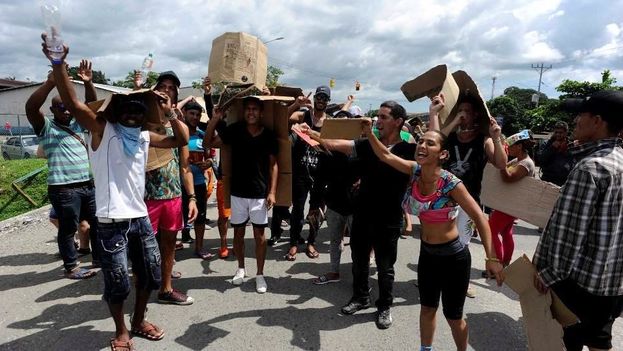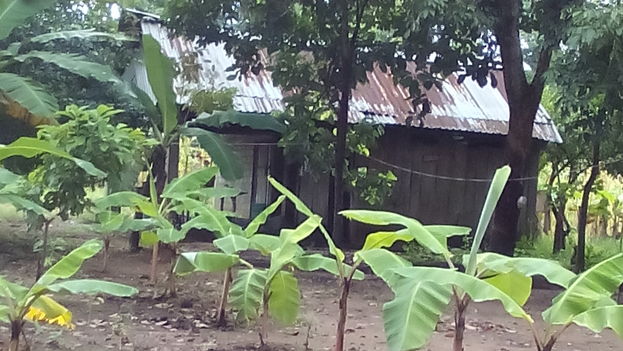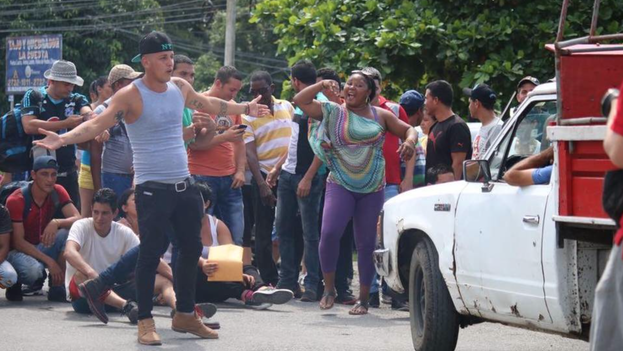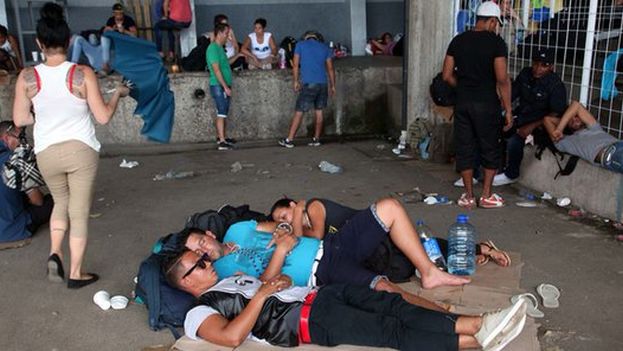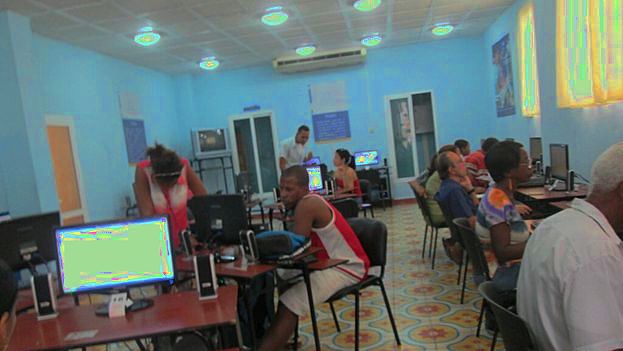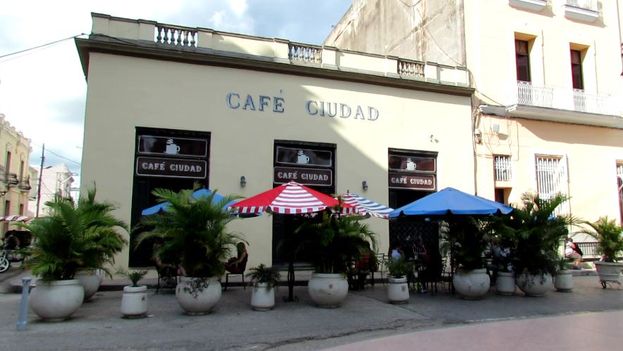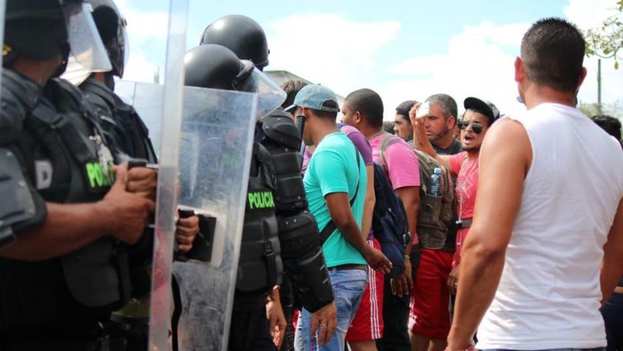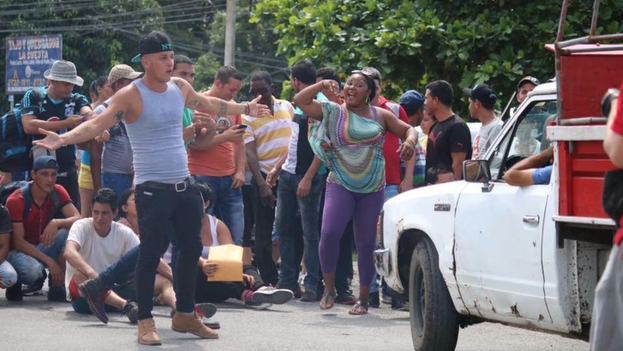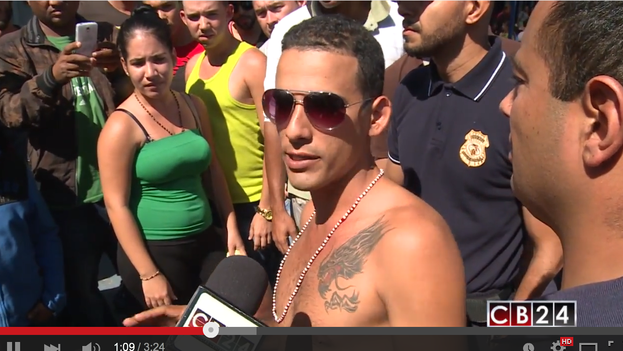Cubans are arriving in dribs and drabs and bringing with them the stories of border crossings. Colombia, it seems, is the most important obstacle. From there they came by boat to Panama. A small plane got them into Guatemala and the human trafficking network took over from there. continue reading
Several thousand dollars are paid out on the trail of the main route of the Cuban exodus. People disappear falling in to the sea, are assaulted by thugs, women are raped… A whole accumulation of stories that we know by word of mouth and that some day the historians will have to write down for the historical memory of the Cuban nation.
Night falls at the moment when they suddenly alert us: “You’re leaving in 20 minutes.” Joy, surprise and consternation after 15 days of waiting, last words to family members, preparation for the final departure. “My brother, if you don’t hear anything of me in 15 days, you can tell Mom that something happened to me in Mexico.”
This is a truly dramatic moment for everyone. We will join another group of Central Americans on the road, at least that’s what we’re told. We have to get through 27 fixed checkpoints between Guatemala and Mexico City, plus whatever the Mexican Federal Police improvise.
The van ride to the river lasts half an hour. The coyote’s strident Christian music contrasts with the stillness of the cornfields. Finally, the coyote hands us over to the guide, the person who will take us to Mexico City. A final prayer with our solemn envoy, like the missionaries do it, is the memory our coyote Juan leaves us with.
The guide, Carlos, is a simple person, and I dare say there is something noble shining in his eyes. He lived for a time in the United States as a “wetback,” but returned to Guatemala when life became unbearable without his family. Now he dedicates himself to this “business,” which, according to what he tells us, earns him in one week what it would take three months to earn in his job as a farmhand.
They tell us we will be joined by two Guatemalans, among them a girl who, before leaving, asked the coyote to bring enough condoms because she fears being raped
The first challenge is to cross the Suchiate River. It is midnight and it was swelling, to the point of having to wait two hours to be able to do it, and not without risks. A fragile tractor innertube tied to some boards carries us to the other side. Here they tell us we will be joined by two Guatemalans, among them a girl who, before leaving, asked the coyote to bring enough condoms because she fears being raped. We walk for around two hours among cornfields and jungle. The dogs and lights from houses make us run like crazy. We all follow the leader because the orders are clear: we are in an exercise for survival.
We come to a creek that the recent rains have turned into a heavy stream. The water pushes us hard, reaching our chests, while we carry our passports on our heads so they won’t get wet. The two women in the group, one Cuban the other Guatemalan, have to be helped. This night ends around four in the morning, when we come to a house in the middle of nowhere. There we meet the other part of the group, eight Hindus who, without a word of Spanish, have launched themselves on the adventure of crossing half the world to join their families through the porous southern border of the United States.
Before dawn we are led, just as we are, wet and shivering with cold, to an island in the middle of a swamp. The boat trip is, without a doubt, spectacular. The richness of the mangrove, filled with alligators of course, reminds us of the Zapata Swamp in Cuba. The forests, the clouds painted red with the rising sun, the sensation of being close to the sea… On that island we hide all day.
On one side the sea, on the other the swamp. That is where I meet Erick, age nine, who with his deep black eyes and indigenous accent tells us of the dangers of the jungle and his dreams of becoming an architect to build a beautiful house for his mom, the powerful dreams of a child contrasting with the humbleness of dirt floors and sheet metal roofs.
One meal a day gives us strength to continue. At night we leave again, by boat, for the mainland. We are taken in trucks to the Mexican Army checkpoints, surrounded by thickets full of dangers: rivers, poisonous snakes, farmers protecting their properties from thugs… Long hours on the road at night, accompanied by the image of the Virgin of Charity of Cobre, Cuba’s patron saint.
Once more, I confirm how little those of raised under the Revolution are trained to coexist with those who are different but pose no threat
Day surprises us in the heart of the jungle. We will have to wait for the protection of the night to continue on our way. A torrential rain makes us crowd tightly together under the only available blanket. These are difficult hours when care not to be discovered is combined with protecting our documents that prove we are Cubans. Again, one meal a day.
With my deficient English I try to translate what the guide is saying for the disconcerted Hindus. Some Cubans start to show an antipathy towards those of another race but the rest pass the time praying. Mutual ignorance, fueled by the primal instincts of a suspicious islander, thin the atmosphere almost to the point of starting a fight. Playing the role of mediator is hard work. Once more, I confirm how little those of raised under the Revolution are trained to coexist with those who are different but pose no threat. The anthropological damage is done and it will take generations to overcome it.
Again, roads impassable at night, feet covered with blisters, skin bitten by insects. Hungry and tired we cross a railroad line, toward another border checkpoint. It is two in the morning when the guide tells us to be silent, after hearing movement up ahead. The sharp stones of the rail bed don’t help. Apparently attacks are common here. Tonight we’re lucky. The attacker pretends to be asleep next to a huge machete. Accustomed as he is to frightening small groups of Central American “wetbacks” who don’t usually exceed three or four people, our group seems like too much for him to take on alone. For now, we are safe.
The road to the next point of rest is extremely uncomfortable. In a fetal position we are crammed into and hidden in the truck. Only the moments where there is a threat of the police are a break, because we have to get down and rush to hide ourselves in the bush. The night ends and the signs announce we are in Veracruz. We have spent three days in the land of the Aztecs. We arrive at a farm where we spend the day.
Mexico City, the next stage of the journey, is getting closer.
___________________________________________________________
Editor’s note: The author worked as a religious consecrated to the Catholic Church in Guatemala for almost two years before embarking on the journey to the United States.

![]() 14ymedio, Yania Suarez, Havana, 19 November 2015 – The presentation of Cuban Coffee by Portazo’s Cooperative was a public success during the Havana Theater Festival and is currently a success in Matanzas, its place of origin. Staged by the Matanzan group El Portazo and directed by Pedro Franco, the spectacle seeks – in addition to being profitable – to discuss the problem of Cubans’ prosperity, “starting with economic research based on our present reality.”
14ymedio, Yania Suarez, Havana, 19 November 2015 – The presentation of Cuban Coffee by Portazo’s Cooperative was a public success during the Havana Theater Festival and is currently a success in Matanzas, its place of origin. Staged by the Matanzan group El Portazo and directed by Pedro Franco, the spectacle seeks – in addition to being profitable – to discuss the problem of Cubans’ prosperity, “starting with economic research based on our present reality.”
